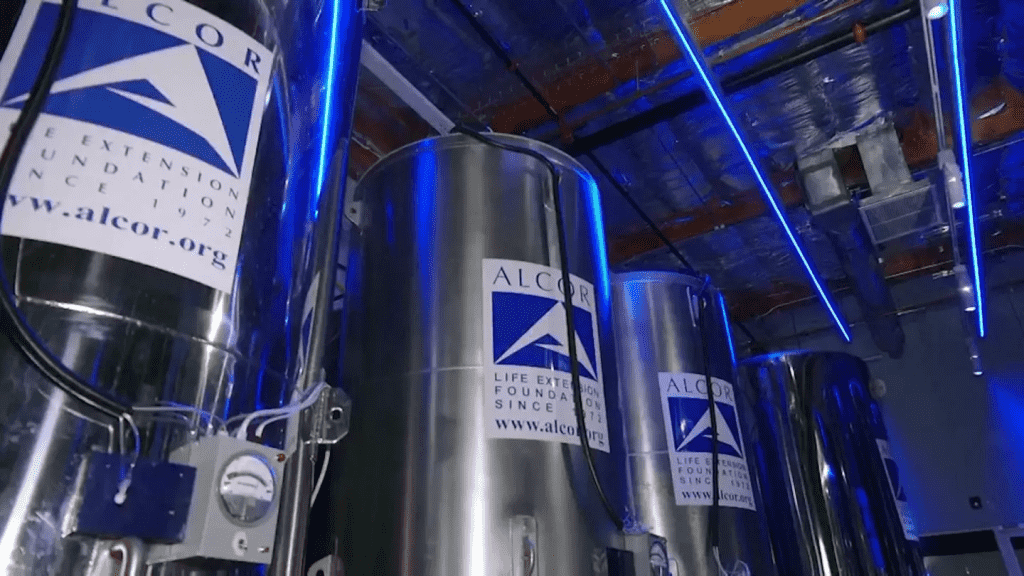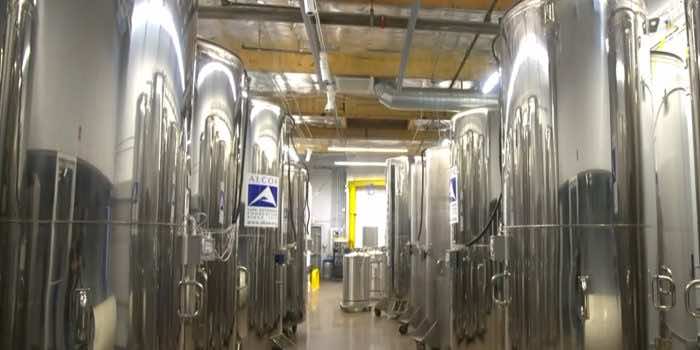Matheryn Naovaratpong from Thailand lost her life at an early age because of brain cancer, but now she is among a large group of ‘legally dead’ people whose bodies are being stored at a facility in the U.S.
“[She is] by far our youngest patient, not quite three years old… who had brain cancer. Both her parents were doctors and she had multiple brain surgeries, and nothing worked, unfortunately,” said Max More, President emeritus of the cryonics facility Alcor Life Extension Foundation in Arizona, the United States, to Euronews.
The facility currently has 199 people and almost 100 pets inside tanks filled with liquid nitrogen to revive them when technology has been advanced enough to treat them.

He says the patients are only “legally dead” but not biologically. Cryonics is expected to save them.
The process starts after the patient is proclaimed dead and the body is then soaked in an ice bath.
A mechanical CPR device is used to ensure blood circulation and medications to protect the cells against damage.
“We don’t want to freeze the patient. We want to vitrify them… And the reason is that once you cool to very cold below freezing, the solution, instead of crystallizing, will just get thicker and thicker and it’s like a glassy block holding all the cells in place without any internal structure and so does no damage,” said More.
“And once we reach that point, around minus 110 degrees, the body becomes truly solid and absolutely nothing is happening in the body. There’s no biochemical activity whatsoever, certainly no neurological activity. So, at that point, it doesn’t matter whether you wait a day or 100 years, you’re going to be just the same as when you started”.
‘Pretty science fiction and naive’
More’s wife, futurist, and author Natasha Vita-More believe those who went for cryopreservation won’t be lonely once they come back to life.

“(They) will most likely have family members and/or friends who have also signed up for cryonics… A person with cancer, ALS, or another type of injury or disease is revived. The disease or injury cured or fixed, and the person is, has a new body cloned or a whole-body prosthetic or their body reanimated and meet up with their friends again,” she said.
For Dr. Arthur Caplan, Director of the Division of Medical Ethics and a professor of Bioethics at the New York University Grossman School of Medicine, the idea of cryonics is no more than “a college dormitory discussion”.


